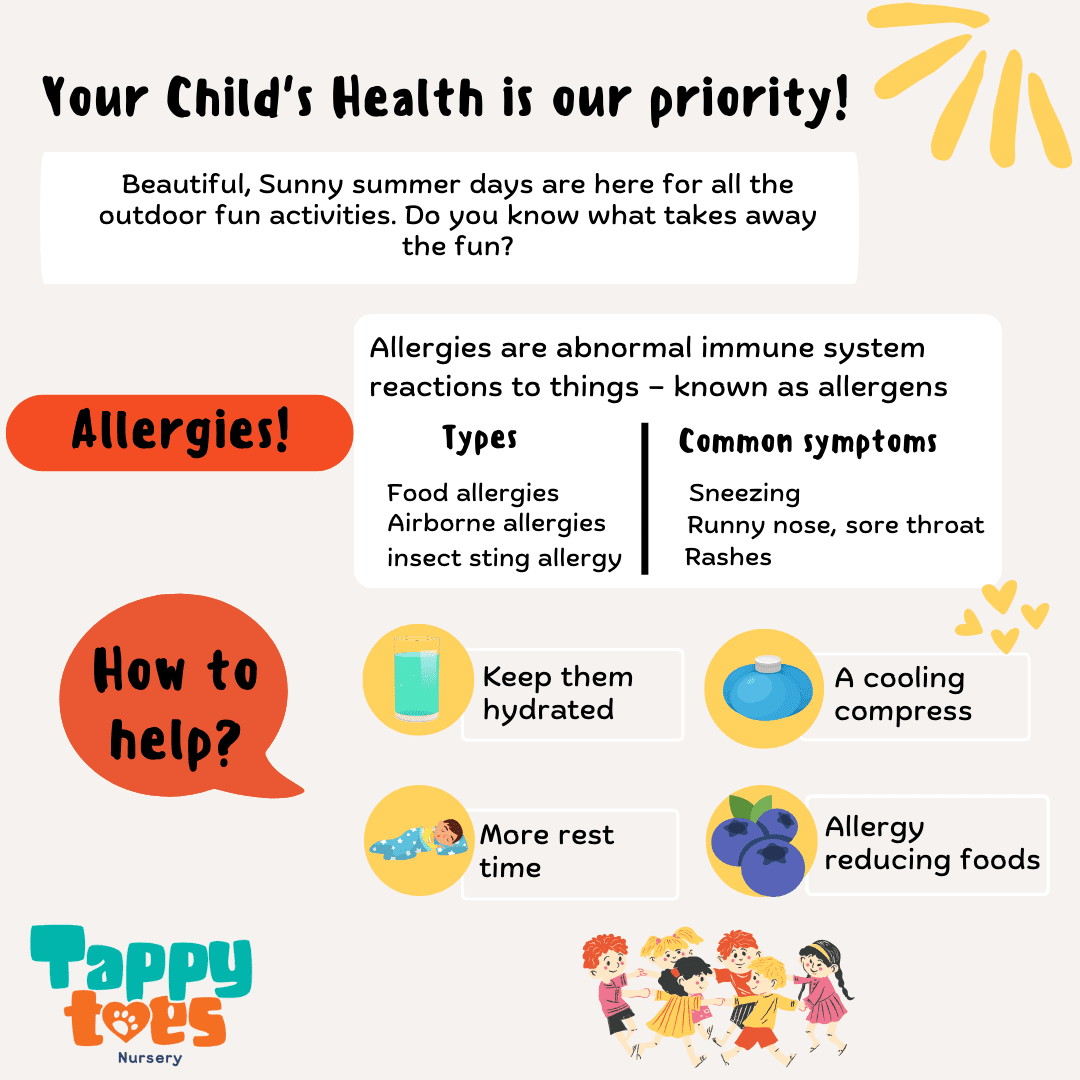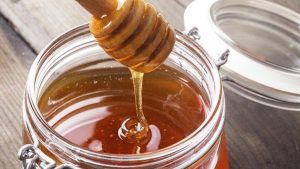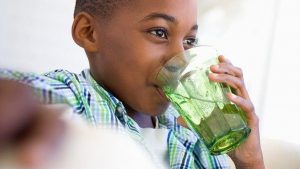
Kids Allergies: Causes, Symptoms and Remedies
It’s Just Allergies
Author: Sruthimol Krishnankutty
Editor: Foram Gohel
Allergies are abnormal immune system reaction to substances in the environment – known as allergens. Allergens are typically harmless to most people. These substances can be dust, animal dander, fur/hair from animals, insect stings, certain food and liquids, pollen, etc. and is referred to as allergens.
Allergies can be caused by specific substances, intolerances and changes in season and environment.
Signs & Symptoms of kids Allergies
The temperature gets warmer in summer months and many people have started sneezing, rubbing their eyes and blowing their nose on repeat. If your child develops “cold” like symptoms in summer every year, seasonal allergies might be to blame. Allergy symptoms have a sudden onset as soon as the child or adult is exposed to the allergen. Symptoms vary as per the intensity of the allergy. Common symptoms of the allergen can include:
- Sneezing
- Nasal congestion
- Watery eyes
- Itchy nose and/or throat
- Clear, runny nose
- Dry skin
- Rashes
Most common allergies are related to air and food apart from change in season. Categories as per type-
| AIR BORNE | FOOD | OTHERS |
| Dust mites | Cow’s milk | Animal Hair/Fur |
| Pollen | Eggs | Chemicals |
| Mold | Shellfish | Cockroaches |
| Dander | Nuts – especially peanuts and tree nuts | Bed bugs |
| House plants | Soy | Pets |
| SKIN CONTACT | INJECTION | INGESTION | INHALATION |
| Poison plants | Bee sting | Medication | Pollen |
| Animal dander | Medication | Nuts, Shellfish | Dust |
| Pollen | Mosquitoes | Wheat, Sesame | Dander |
| Latex | Mites | Cow’s milk | Mold, Mildew |
Why do kids get allergies?
Allergies are commonly genetic, which means they can be handed down through the generations from parents to their children. However, just because a parent has allergies does not mean that their children will.
Cross-reactions are also present in some children. Children who are allergic to birch pollen, for example, may have symptoms if they eat an apple, which has a protein that is similar to one found in the pollen. People with a latex allergy are more likely to be allergic to foods including kiwi, chestnuts, avocados, and bananas for unclear reasons.
Worry not, we have solutions to soothing kids allergies.
7 Steps to Soothe Symptoms of Allergy
- Change the Environment
Uncontrolled allergy symptoms, particularly itchy eyes and a stuffy nose, can have a negative impact on children’s health and well-being. Take your child away to another environment immediately. If you are outdoors, take your child indoors, if you are in cold weather, take your child to warmer environment.
It’s critical to consult with a board-certified allergist to have your child tested for kids allergies and receive the necessary therapy to keep allergy symptoms at bay.
Air filters should be changed on a regular basis, and air ducts should be cleaned at least once a year. To avoid mold growth and dust mite proliferation, keep the humidity in your home below 50%. Basements, garages, crawl spaces, barns, and compost heaps are all potential breeding grounds for mold. Frequently clean these places.
- Pass the Water bottle
When your child’s respiratory allergy symptoms flare, it’s good to have plenty of water on hand. “This is a great, all-natural way to help reduce symptom”.
Making sure your child drinks extra water throughout the day promotes hydration and better moisture in the mucous membranes. Broth-based soups help, too.
- Increase Resting Time
Extra sleep can help alleviate allergy symptoms, just as it can when your child is fighting a cold or the flu.
“Our body systems function best when well rested and it recommends that kids get 8 to 10 hours of sleep each night” .
.
Children with allergies can have trouble sleeping if their symptoms aren’t well-controlled, he says, which can include coughing, itching, or a sore throat at night. If your child is experiencing difficulty sleeping, contact his or her allergist or primary care physician for assistance.
- Cooling Compress
A simple ice pack or cold compress can provide your child with immediate relief from itchy, watery eyes. 
“Applying cold to irritable regions of the body, particularly the eyes, can be comforting.” Warm compresses may aid children with severe sinus congestion, but they won’t help with common allergy symptoms like sneezing, itching, runny nose, or stuffiness.
- Allergy Reducing Food
Any foods that contain natural and high amounts of vitamin C, zinc, vitamin D, antioxidants, and other beneficial vitamins and minerals can assist to improve the immune system and are effective alternatives for battling nasal allergies.
Food such as blueberries, raspberries contain vitamin C and flavonoids, which may mitigate some of the histamine response for allergies in children. Apples have vitamin C and flavonoids, including quercetin, which can act as a mast cell stabilizing agent. Antioxidant quercetin is also found onions, though you may find onions to be a tougher sell to your kid.
Assuming your child will eat dishes made with cayenne pepper, new ginger, and fenugreek, as well as onions and garlic, may assist with diminishing bodily fluid and open up nasal sections. “The capsaicin tracked down in zesty food varieties, including red peppers, may work by desensitizing nasal nerve filaments. 
Postnasal trickle can cause a terrible; however, honey can offer messes with some sweet help. In kids more than a year old enough, “Honey demonstrations by covering the throat and safeguarding it from bodily fluid. Attempt a spoonful of honey before bed to stop a hack.
At Tappy Toes Nursery, our Dubai Health Authority approved nurse supports parents to manage and soothe their child’s allergies. As part of our class and premise environment assessment, we have allergy list on display for children and offer alternative activities to ensure learning continues for every child.
Also read: Tips To End Mealtime Stress In children



It’s a well-put blog and an amazing poster on the top. The poster was very creative, interactive, and lively for the most part.
Thank you for the kind appreciation.
Please do let us know what topics you would like to read more about.